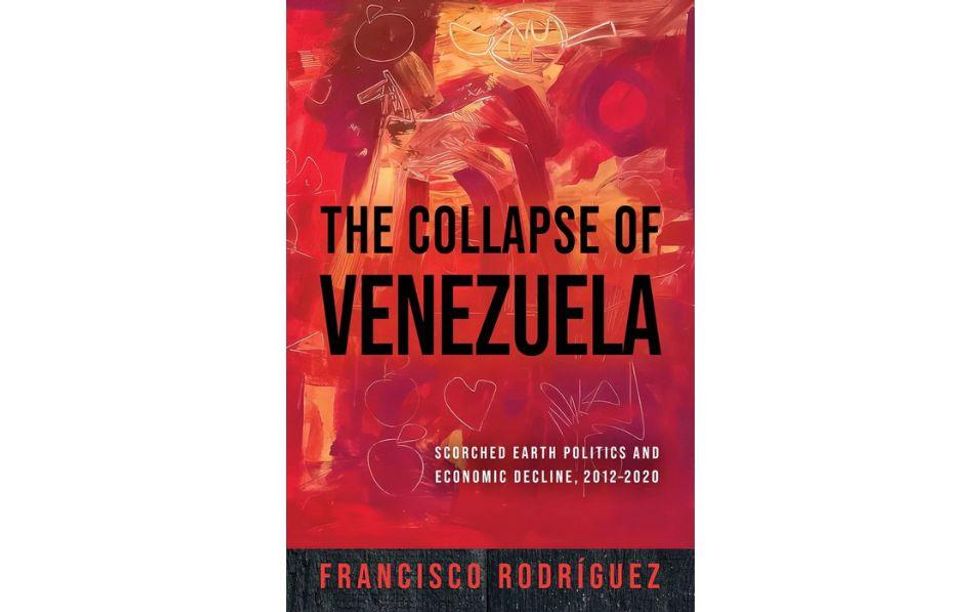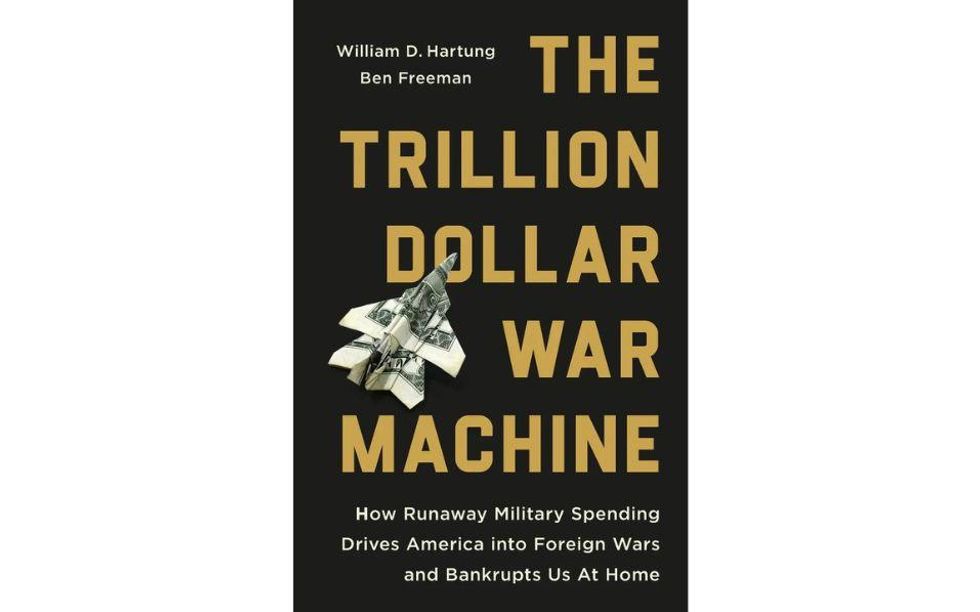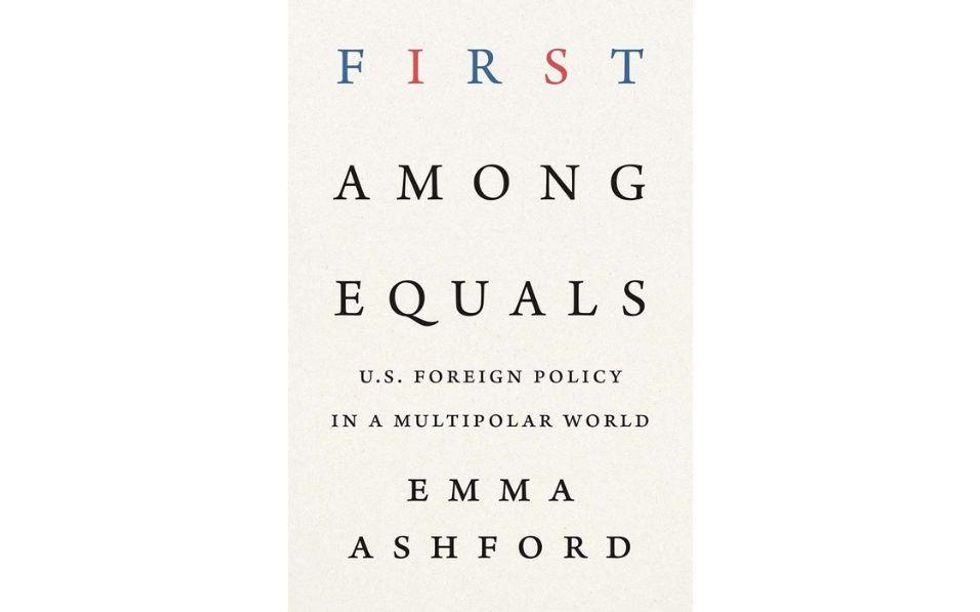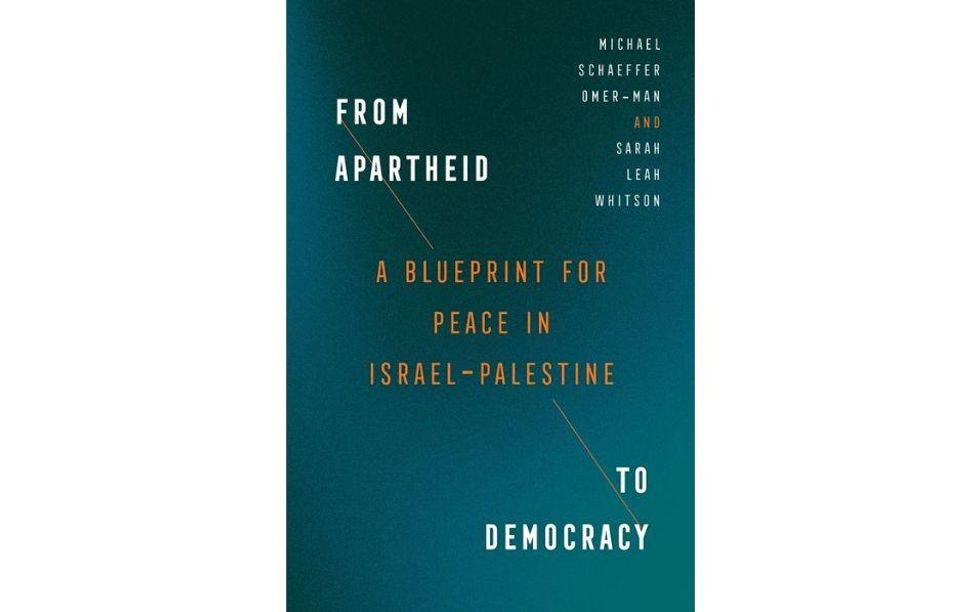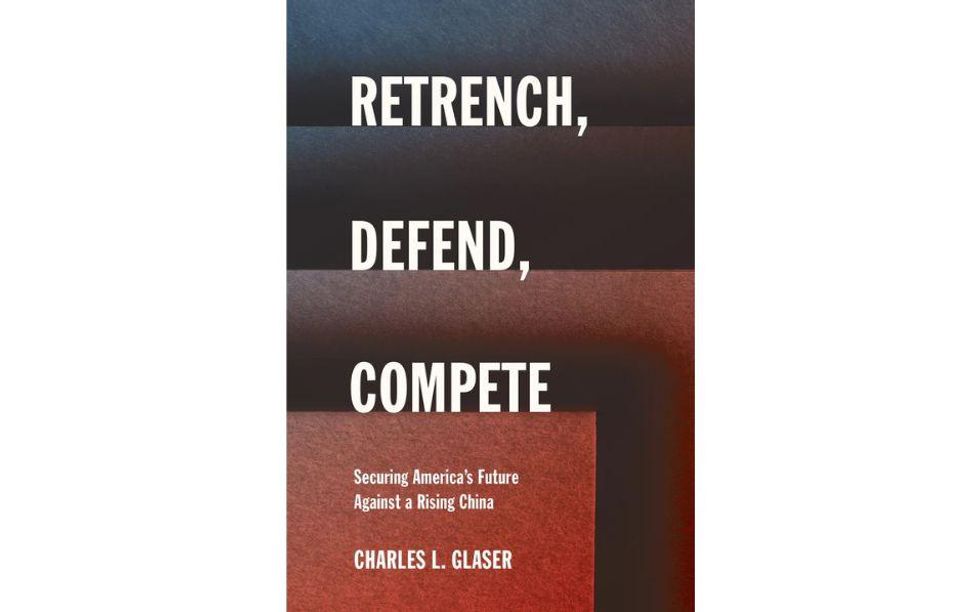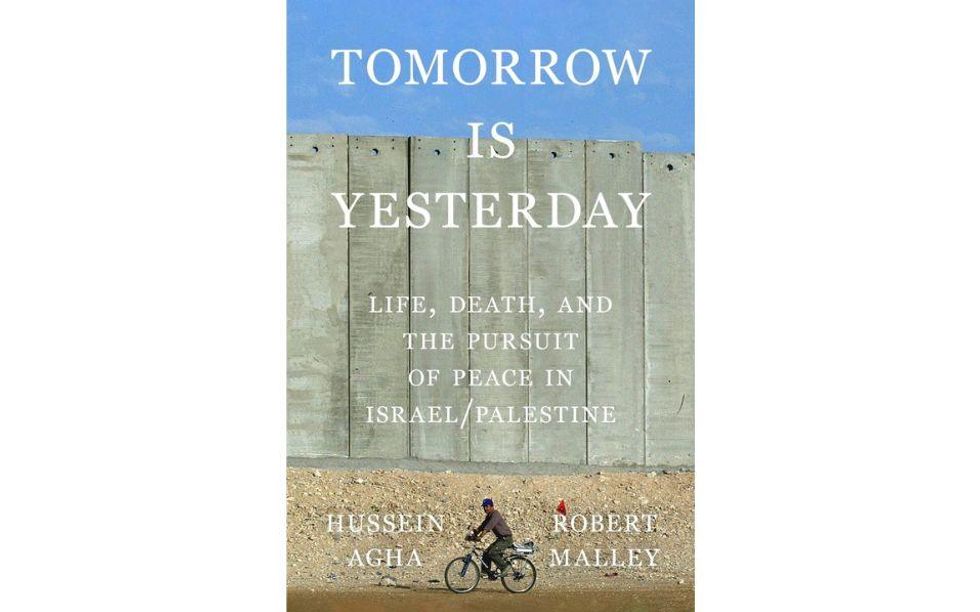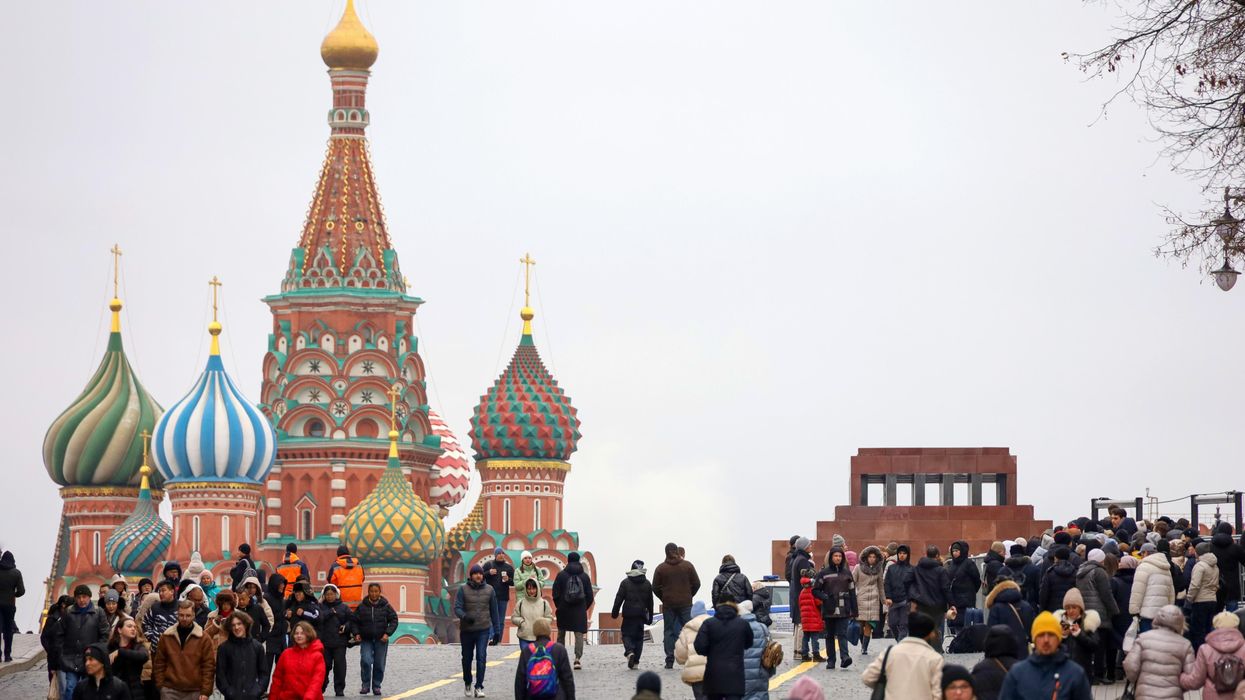Why, after three decades of heavy U.S. military intervention in the Middle East, is the region more insecure and unstable than before? That is the question motivating a new report by the Quincy Institute for Responsible Statecraft, “A New U.S. Paradigm for the Middle East: Ending America’s Misguided Policy of Domination.” Currently the U.S. has 55,000 troops spread across 53 bases and shared military installations, and engaged in direct combat in at least three countries while waging proxy war in others.
The Quincy Institute’s report outlines a shift in the direction of U.S. foreign policy, advocating for a dramatic decrease in America’s military footprint in the Middle East and in favor of greater diplomatic engagement with the region’s actors. This includes American support for a new locally-led regional security architecture, something similar to the Organization for Security and Cooperation in Europe or the ASEAN regional forum.
The paper was authored by former U.S. intelligence officer Paul Pillar, a non-resident fellow at the Quincy Institute; Andrew Bacevich, president of the Quincy Institute; Annelle Sheline, research fellow for QI’s Middle East Program; and Trita Parsi, QI’s executive vice president.
“Whatever your definition of ‘mission accomplished,’ the current approach holds no prospect of getting us there. Mere persistence is a prescription for more of the same: violence, destruction, and damage to core U.S. interests,” said Bacevich. “This is not a time for tinkering, but for fundamentally changing our approach to the region.”
Guided by the words of John Quincy Adams, for whom the think tank is named, the Quincy Institute advocates against a foreign policing characterized by going “abroad in search of monsters to destroy, ” and for an approach grounded in military restraint and vigorous diplomacy.
Since the Cold War, American leadership has defined its national interests in broad and ever-expanding terms, leading it to venture into foreign countries and intervene in their affairs with detrimental consequences. QI’s report seeks to pin down a narrow definition of “U.S. interests,” a phrase that has become increasingly meaningless over the past few decades as its scope has relentlessly expanded.
Given the harms of war, the report posits that American use of military force in the Middle East should be guided by two main objectives: First, to protect the United States from attack, and second, to facilitate business and the free flow of global commerce. In addition to these main priorities, the U.S. also has “second-order interests,” including the respect for human rights and containing destabilizing refugee flows. Currently human rights are subordinated to the U.S. quest for military dominance, as evidenced by U.S. support for brutal regimes in Saudi Arabia and Egypt and its tacit acceptance of Israel’s settlements in the West Bank.
By strictly defining American interests, this new framework severely limits the rationale for American military intervention abroad. Too often in recent decades American leaders have treated second-order interests as core interests, using “humanitarian” justifications to intervene in countries like Libya and Afghanistan — but rarely achieving humanitarian outcomes. These humanitarian interventions have further destabilized the region and created space for terrorist groups to gain power, ultimately threatening the U.S.’s true core interests.
The report refutes the conventional argument that a U.S. presence is necessary to protect human rights.
“The notion that the U.S. military is a force for human rights in the region is false,” said co-author Annelle Sheline. “The American habit of unconditionally supporting certain governments, regardless of their treatment of their own citizens, reinforces the notion that America’s concern for human rights is selective. The benefit to human rights of the military presence has been far outweighed by the persistent threat it poses to the lives of people in the region. U.S. policymakers consistently desist from leveraging American influence to meaningfully affect human rights-related policies.”
America’s inconsistent and often hypocritical approach to foreign policy — especially with regards to international law and human rights — have discredited U.S. leadership on the world stage, and has confused allies about the objectives of American foreign policy. By condemning Russia for illegally annexing Crimea, while providing Israel with unconditional aid as it seeks to unlawfully annex the West Bank, the United States sends mixed messages on annexation. By punishing Iran and Syria with crippling sanctions on the basis of protecting human rights, while awarding Saudi Arabia and Egypt, two governments known for human rights abuses, with military and economic aid, understandably casts doubts on America’s true commitment to this issue.
The report advocates a holistic, regional approach to foreign policy in the Middle East — which could help ensure that U.S. partnerships in the region are determined by U.S. interests, and not the other way around.
QI’s report provides a framework that “allows for and sustains policies that truly serve U.S. interests and benefit the peoples of the region,” said co-author Trita Parsi.
Some of the report’s concrete recommendations include:
• Notify regional partners of a significant drawdown of U.S. troops from the Middle East over the next 5-10 years
• Provide strong diplomatic support for development of a new multilateral security architecture in the Middle East, led by regional actors
• Seek normal diplomatic relations with all key parties in the region, including Iran
• Participate constructively in diplomatic efforts to end the wars in Yemen and Syria, including cessation of all support for Saudi Arabia’s war in Yemen
• End unconditional support for regional partners, such as Saudi Arabia, the UAE, Israel, and Egypt
Although the U.S. foreign policy establishment may continue to push for more militarist policies, it cannot deny that there is a growing movement against this dangerous approach in America and around the world. With growing support for the end to endless wars in the Middle East — evident in Senator Bernie Sanders’ recent amendment to cut the Pentagon budget by 10 percent and Congresswoman Omar’s proposal to end the war in Afghanistan — the Quincy Institute’s new report provides a clear alternative to the establishment’s failed policies. If enacted, the framework laid out by this report could, in the worlds of Parsi, enable “other diplomacy-focused and peace and stability seeking policies to be successful.”





